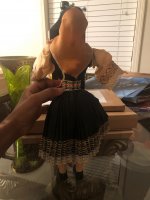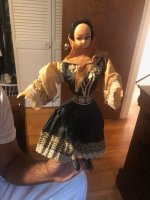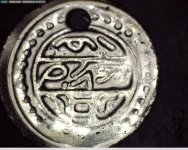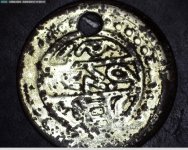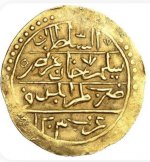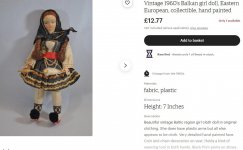hogan36
Full Member
Greetings Everyone,
I need help identifying this old doll. I have no clue as to what kind of doll it is. Thank you!!
I need help identifying this old doll. I have no clue as to what kind of doll it is. Thank you!!


